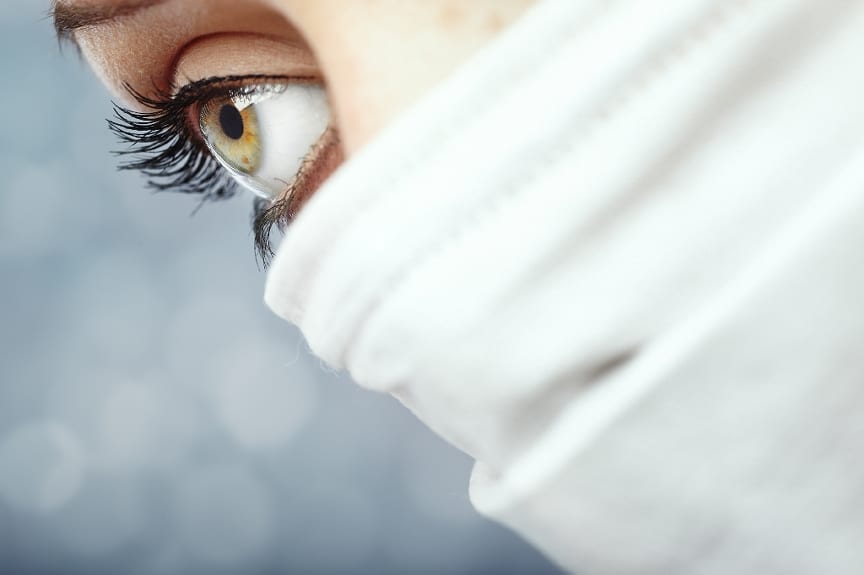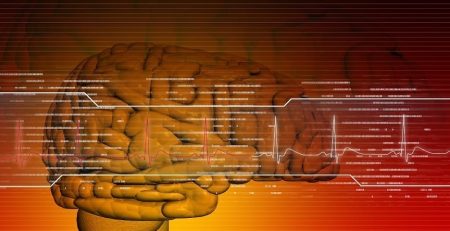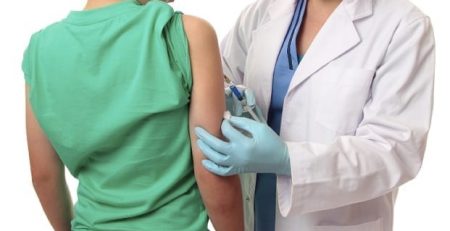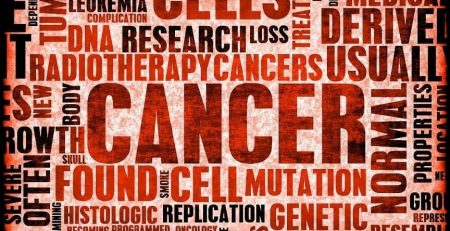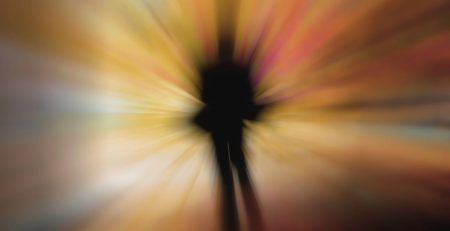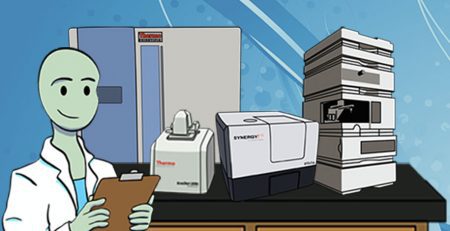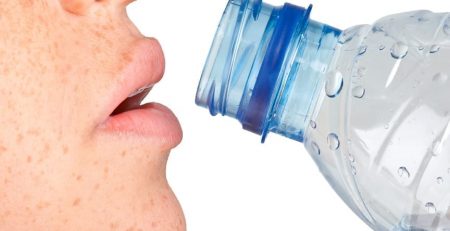Self-assembling anti-cancer molecules created in minutes
A simple method that involves making artificial anit-cancer molecules that act as the properties of one of the body’s natural defence systems has been developed by researchers. Molecules that are built similar to peptides, which are naturally produced in the body to fight cancer and infection, have been created by Professor Peter Scott at the University of Warwick, UK and his team. The molecules that were produced seemed to have been success in fighting off against colon cancer cells in laboratory tests, in collaboration with Roger Phillips at the Institute of Cancer Therapeutics, Bradford, UK. This study was published in Nature Chemistry.
In the past it is known that artificial peptides have been difficult and expensive to handle in large amounts. This new process only takes a few minutes and is not expensive. Peptides are quickly neutralised by the body’s biochemical defences before they can do their job when they are made as drugs. This new method has been able to correct these situations by being both rational and producing very stable molecules. The new peptides mimics are called triplexes and have a similar 3D helix form to original peptides. “The chemistry involved is like throwing Lego blocks into a bag, giving them a shake, and finding that you made a model of the Death Star” says Professor Scott. “The design to achieve that takes some thought and computing power, but once you’ve worked it out the method can be used to make a lot of complicated molecular objects.” Professor Scott says describes the process of developing this new method: “When the organic chemicals involved, an amino alcohol derivative and a picoline, are mixed with iron chloride in a solvent, such as water or methanol, they form strong bonds and are designed to naturally fold together in minutes to form a helix. It’s all thermodynamically downhill. The assembly instructions are encoded in the chemicals themselves.” “Once the solvent has been removed we are left with the peptide mimics in the form of crystals”, says Professor Scott.
“There are no complicated separations to do, and unlike a Lego model kit there are no mysterious bits left over. In practical terms, the chemistry is pretty conventional. The beauty is that these big molecules assemble themselves. Nature uses this kind of self-assembly to make complex asymmetric molecules like proteins all the time, but doing it artificially is a major challenge.”Though this new method has been seen as a success, further research will have to be conducted before officially putting this method to work.




